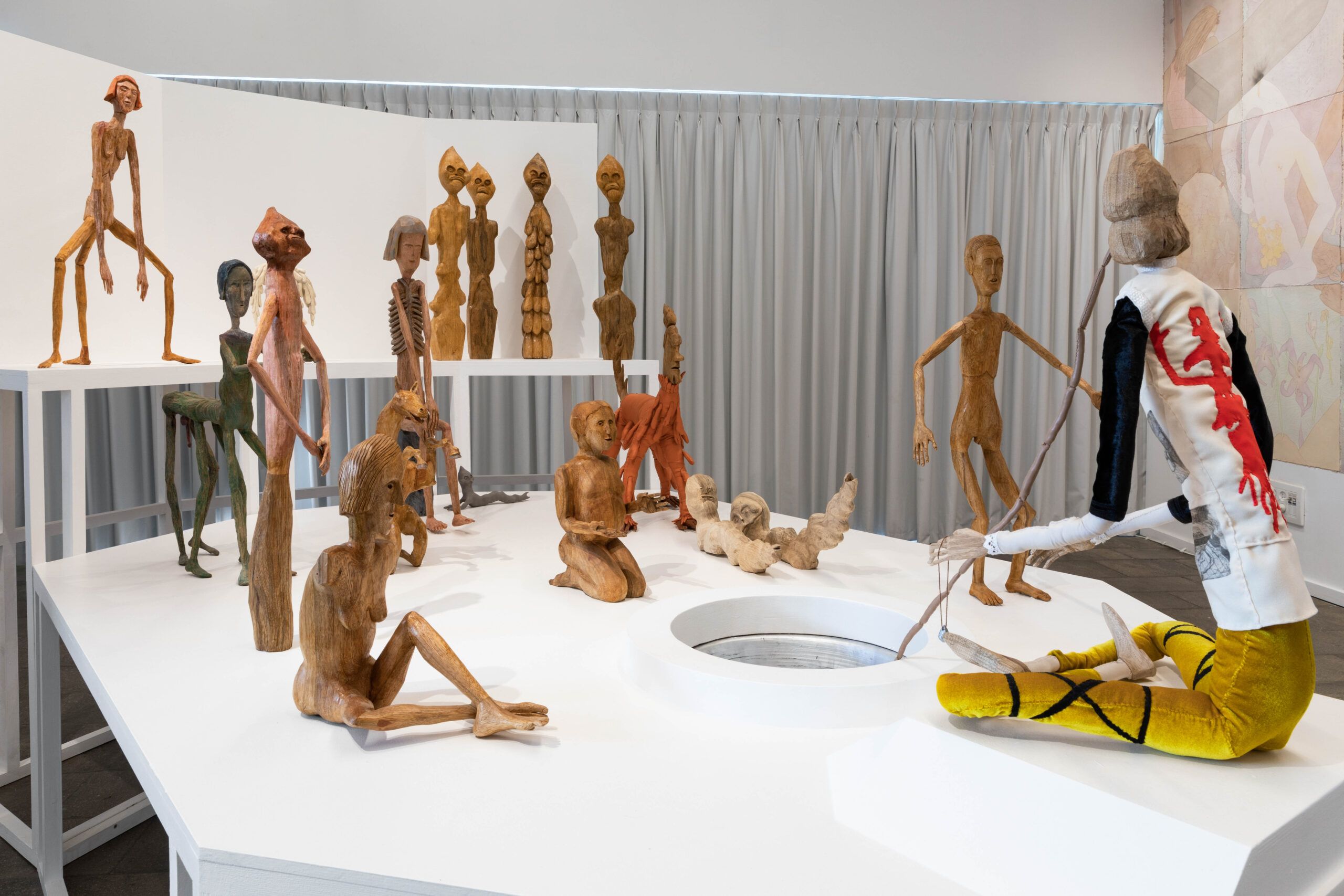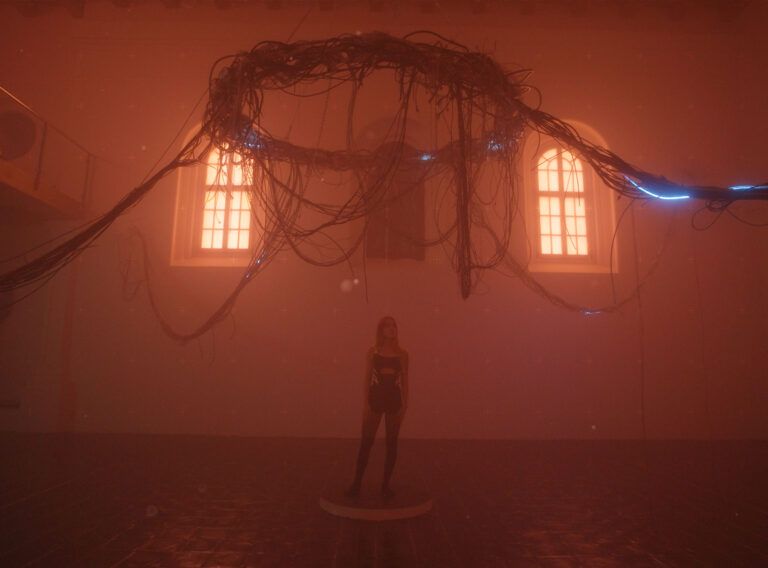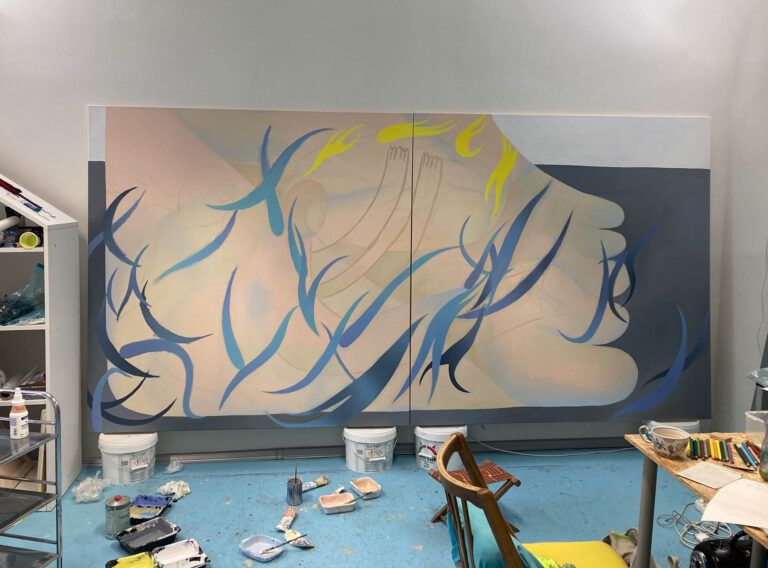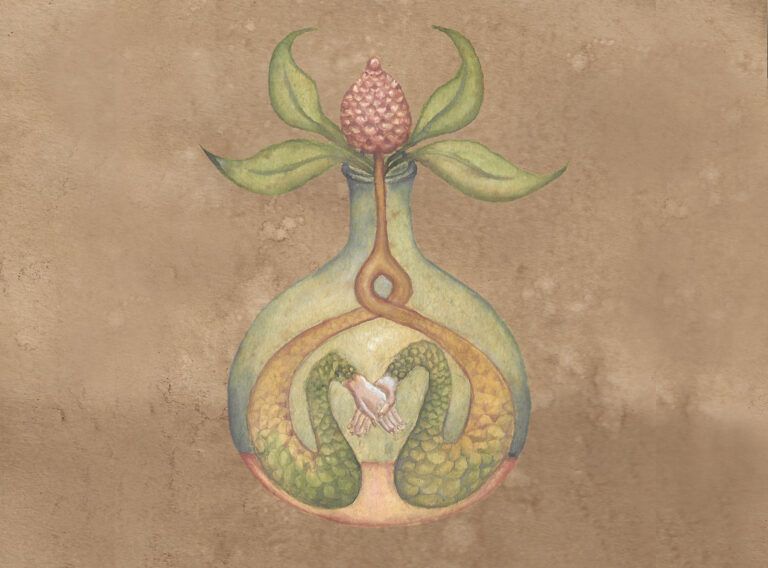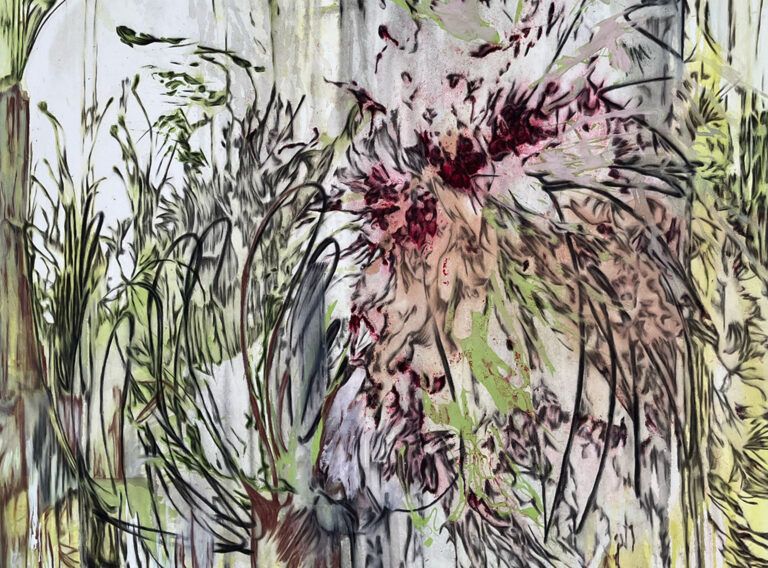Merav Kamel and Halil Balabin are an artist duo that has been working together since 2012. They met at the Art Department at the Bezalel Academy of Art and Design in Jerusalem.
Their joint work allows them to move freely and make connections they would not have thought of on their own. It allows them to give up the elements identified within both to transform themselves through art, through resistance to habits and perceptions developed in solitary work. In addition, it cancels the masculine-feminine dichotomy of their works, and allows a fluid gender identity. There are moments in their joint work in which they each manage to leave their egos aside, give up on the individual narrative, and listen to the ego of the work itself.
Then an ever-changing, androgynous being is formed, with the ability to play more than one character.
They spend a great deal of time in their studio, one might say they are art “addicts”. They are submerged in the minor details of their work, and this makes every move quite extensive and leads to a struggle between their flow of ideas and passions and a relatively slow pace of work.
They work in two separate areas of the studio and meet occasionally during the day to share a new revelation, frustrations, a work they have finished, or an exciting thought. Their mutual presence allows them to dialogue with a person each loves and appreciates, enabling a mutual fertilization.

The Hotdog Man and the Thief of Distances
‘The Hotdog Man and the Thief of Distances’ was exhibited in Artport Gallery in Tel Aviv in 2021, The exhibition consisted of two parts – a large painting and a group of wooden sculptures.
The paintings are gathered into one unintentional, intuitive and continuous mural painting. It is a broken narrative, like doing a puzzle without knowing the final image. Each painting has lines that go beyond its paper, and only in the adjacent painting can you know its course. Our technique of infinite and continuous painting allows us to create numerous points of view that challenge the law of the “scientific” perspective. It aspires to be a realistic description, in the sense that it describes our overall experience of the world, like a scroll, a diorama, a Byzantine, Egyptian, Japanese or Persian painting before the invention of the linear perspective.


The painted figures blend with one another, flow from one thing to the next, object and subject blur, chaos against order. Our technique of engraving a soaked paper with watercolors requires high concentration and intuitive work, like a Zen drawing.



Each of the sculptured figures in the exhibition is a result of a slow and concentrated learning of what can and cannot be done with wood. The limitation of the material is a crucial starting point that offers options we would have never considered. The failures and faults in the process are those which brought the most remarkable results. These figures have an archetype feature, referring to the past, to myths and familiar images from different cultures, corresponding with the history of wooden sculpture.



At one end is the Hotdog Man, a storyteller, a teacher, a Guru, discharging an endless chain of hotdogs into a whole on the stage, eating or shitting them, like stories he gets out of his mouth. He is sitting in a meditative posture, maybe giving a lesson. Across from him there is an array of figures waiting for him to speak, watching, listening, maybe waiting for salvation, some dedicated, others opposed, criticizing.
